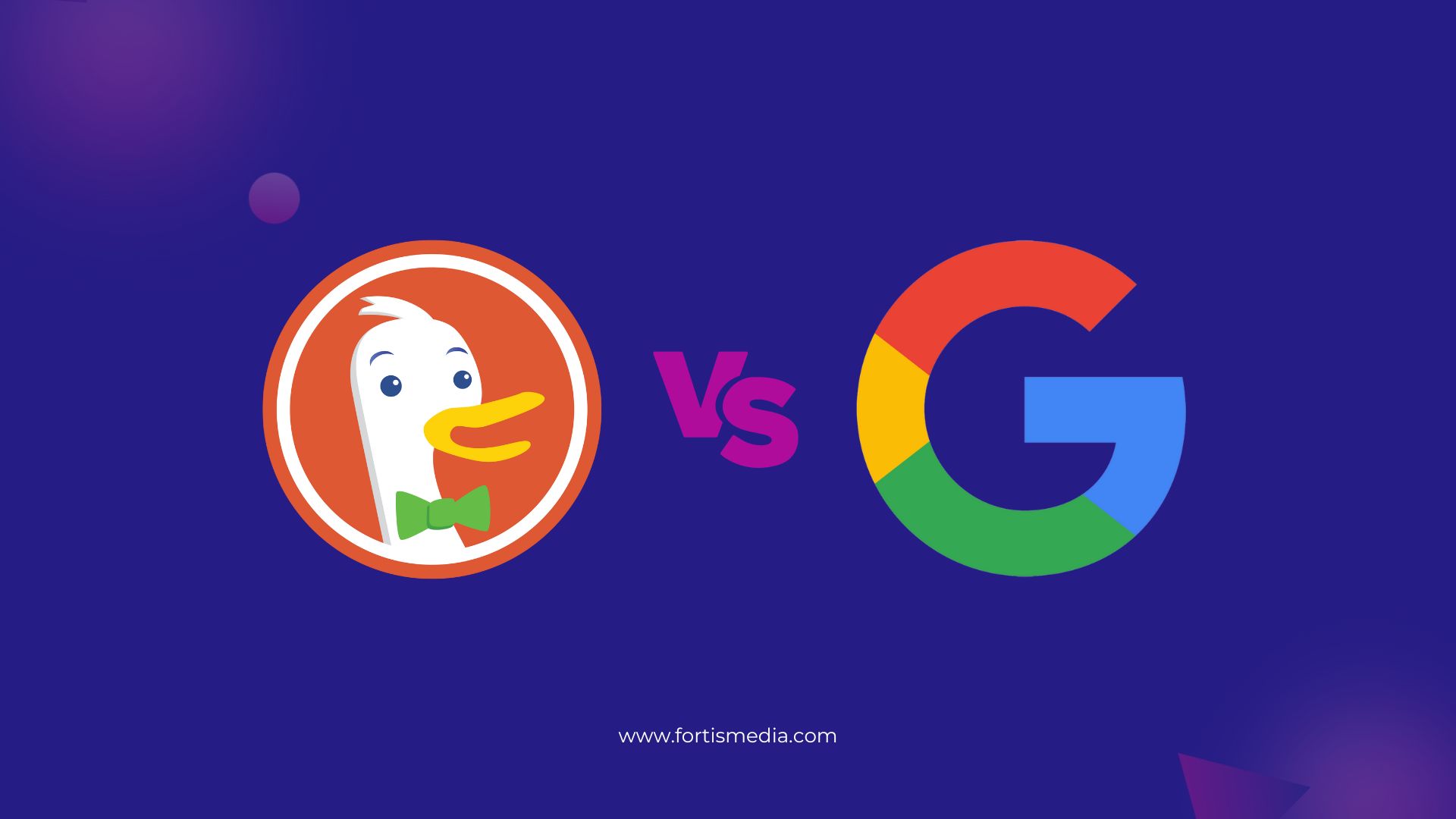23%
Instagram is the platform that offers the biggest potential for companies to grow their target audience in 2023.
20%
TikTok is the fastest growing platform for influencer marketing and might surpass Instagram in the next years.

Fortis Media is here to propel businesses forward with a partnership based on proof, not promises.
0%
0%
0+
0%
The secret to higher search engine rankings is pretty cut-and-dry: a consistent SEO strategy. Our combined, high-quality SEO services – keyword analysis and content strategy, On-Site SEO and Off-Site SEO – will assure a long-lasting growth of your site’s traffic.
It is a rapid and efficient method to target exactly those who are looking for your goods or services. Whether your focus is to reach large audiences or those based on precise criteria – Fortis Media is a one-stop-shop for your fast online growth.
Our exceptional content writing services stand on the fundamentals of quality, professionalism, experience and affordability. Creating SEO friendly evergreen content for your blog and building links in popular websites with your unique content is a cost-effective way to boost your traffic and gain new leads.
Whatever stage your business is at, Fortis Media professionals will meet you there. With years of experience we have the resources and know-how to help companies of any size. Work directly with digital marketing experts to craft the strategy that’s best suited for your business.

With 10+ years of experience in the i-gaming industry we truly understand the essentials of building trust and credibility with customers while ensuring your digital touchpoints are user-friendly and easy to navigate.
Selling products or services online come with different marketing strategy variables. Understanding your target audience, creating engaging and relevant content, utilizing effective marketing channels are just a few to consider. Let us do the job while you watch your business grow.
Software delivery models have revolutionized the business environment. But a relative low barrier to entry and high competition your technology solutions need to stand out. At Fortis Media we take on the daily digital marketing challenges so you get to focus on delivering the best quality for your clients.
Crypto market is dynamic and volatile at the same time. Building reputation and standing out is becoming increasingly more important. Digital marketing solutions, like paid advertising, email marketing or airdrop campaigns are just a few solutions to include in your marketing mix. Let’s talk how Fortis Media can help your brand maintain momentum.
WE ARE TRUSTED BY
Market leaders trust us with their digital marketing solutions. Join us today to grow your business and reach your full market potential




Lorem Ipsum is simply dummy text of the printing and typesetting industry. Lorem Ipsum has been the industry's standard dummy text ever since the 1500s, when an unknown printer took a galley of type and scrambled it to make a type specimen book. It has survived not only five centuries, but also the leap into electronic typesetting, remaining essentially unchanged.